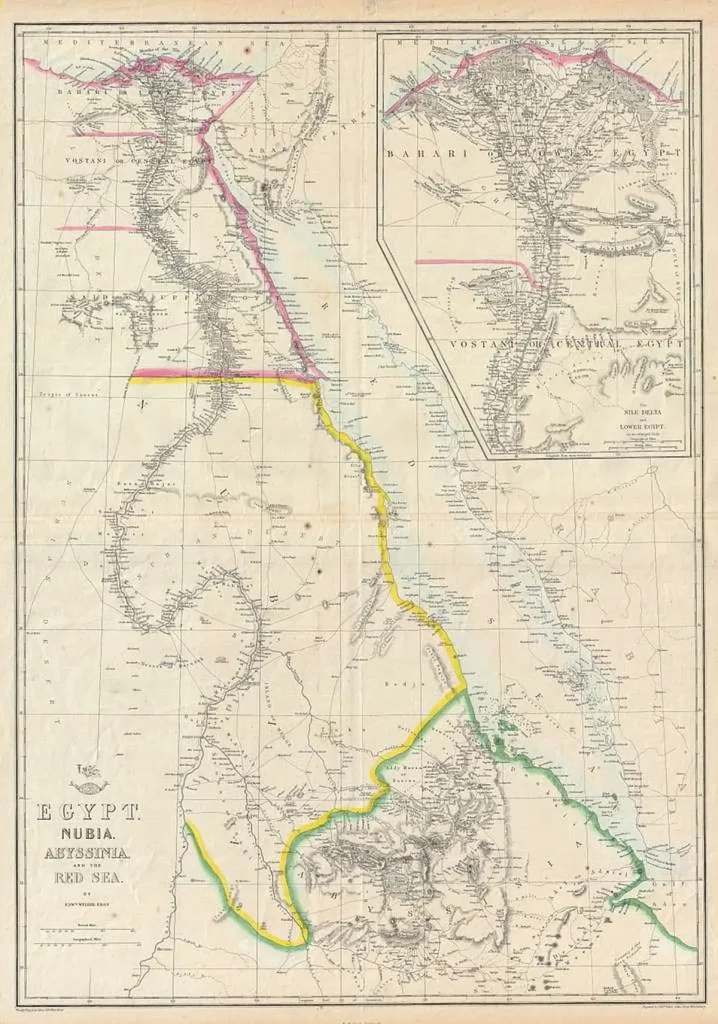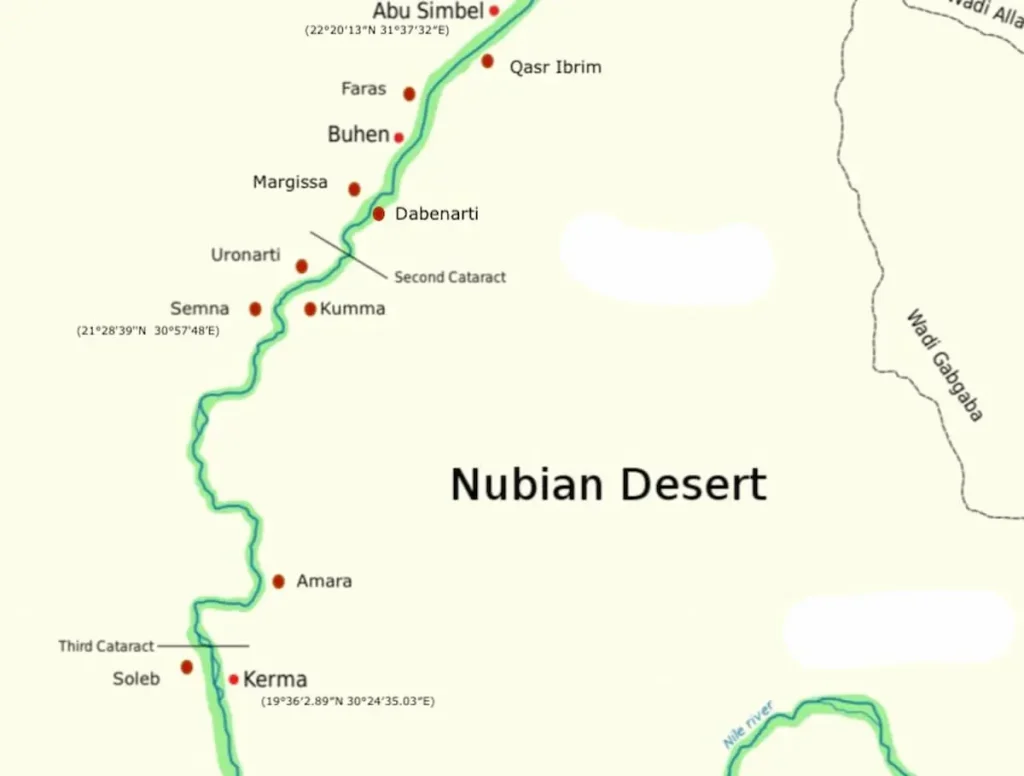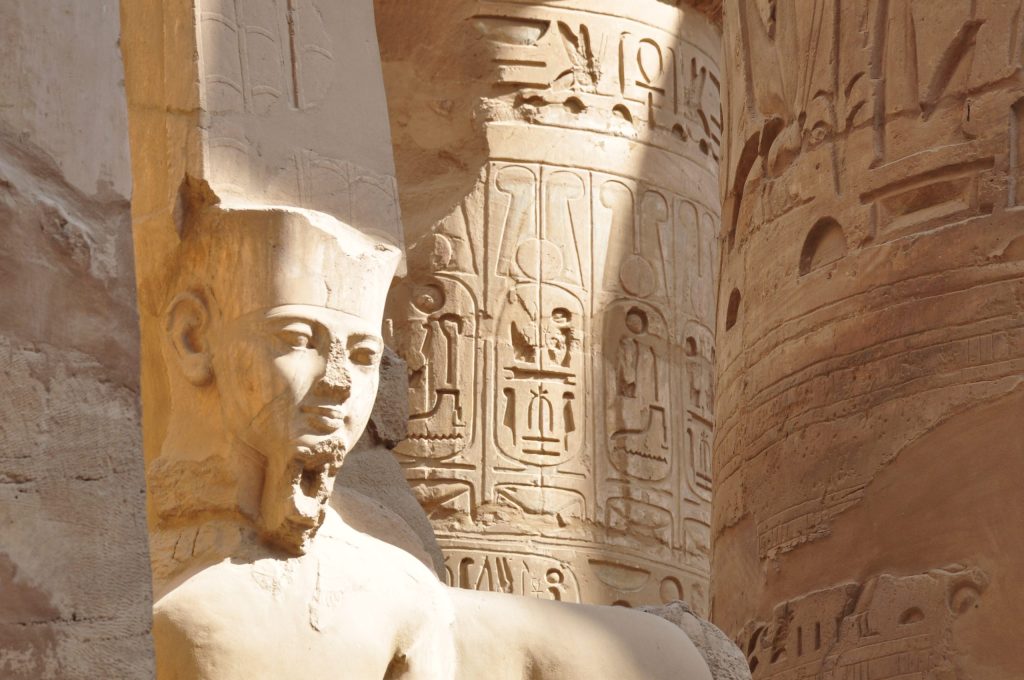Where Is Nubia Located
1Where Is Nubia Located? Geography, History, and Cultural Significance
The Nile and its water courses have been of great importance in the history of mankind. The Desert of Sahara, the immense Central steppe desert, and the vast jungles in the south had kept Africa isolated from the outside world. So, a question: where is Nubia located? The people from the Mediterranean Sea tried to cultivate and settle the lands within the densely forested areas or those around rivers, the lush oases in the desert, and the African savannah lands.
The geographical location of Nubia primarily consists of Lower Nubia, positioned between Aswan in Egypt and Wadi Halfa of Sudan, while Upper Nubia stretches effectively further to the north of the Nile Valley of the Sudan. It is worth noting that this division of Nubia, although geographical, may not just refer to Nubia but exists in terms of the people’s practice, cultural institution, and historical institution.
In the present day, Nubia is not only a place much loved for its incredible polygonal edifices, structures, the temples and fortresses, as well as the pyramids of the great kings and their tombs, but, first and foremost, this is the Nubian people who, though displaced, keep history alive through their languages, traditions, and current culture. Throughout history, it may be said that Nubia has been an expression of resistance and cultural pride as well as an illustration of the close link between African and Mediterranean worlds, for that brings across the Atlantic so often.

Geographic Location of Nubia: Between Egypt and Sudan
Nubian Empire was discovered in 1913 on the right bank of the Nile River. So, where is nubia located? This is where it could be found currently in northern Sudan and southern Egypt. This was a major culture as it was still occupied and constructed at that time, rather recently. The swastikas, for example, could have been built several times at Harosheth, the old reed foundry of the north, with some differences from each other. The main reason for settling there is that there is a river flowing into the sea right next to the upper part of the delta. Additionally, all cultures here are stretched out to the sea.
In the enclave, which any strip of territory girded by a hostile enclave was rather large assignment, it was a pursuit that forbade abandoning the limits set out by the foregoing article.
Ancient Nubia had changing borders, unlike the modern country of Sudan, as various empires dominated different regions. The Nubian Kingdom extended from central Sudan up to the present-day borders of Egypt. This localization made Nubia strategic as it interacted in many trading regions, which linked gold/silver-rich Africa across the Red Sea and the Mediterranean world. Obviously placed on a rich trading post, Nubia’s wealth and importance were long-lasting in world history.

Historical Regions of Nubia: Lower Nubia and Upper Nubia
Traditionally, Nubia has been geographically divided into two primary parts: Lower Nubia and Upper Nubia, both of which present cultural, geographical, and political characteristics. The existence of these two Nubian regions as where is nubia located, was largely predicated on their relative positions to the Nile and the cataracts, which stood as natural boundaries.
The Lower Nubia area lies between the First Cataract and the Second Cataract, which corresponds to modern-day southern Egypt and the northern part of the Sudan. Given the fact that it bordered Egypt, and in particular during the times the Pharaohs desired to exploit the resources of Nubia, including gold, Ivory, ebony, and other goods, it was often occupied by the Egyptians. Lower Nubia was where cultures, more especially the Egyptian and the local traditions, intermingled. She was informed by the religious, art, and language elements of the Egyptian culture, but she also had her own ancient practices.
The focal point of the influential Nubian cultures of the likes of Kerma, Merowe, and Napata, Upper Nubia is the territory beginning from the second cataract and extending into the central part of Sudan. Unlike Lower Nubia, Upper Nubia was frequently able to maintain political autonomy as it advanced its distinctive culture, a culture that contested the eastward expansion of Egypt.
The land had acquired a reputation for its iron production, construction of grand edifices, as well as the practice of unique interment practices that all showcased incidences of cultural resilience.
In brief, the realities of Lower Nubia and Upper Nubia demonstrate that geography influenced not only the definition of territories, but also the ideologies of the powers in the northeast part of Africa, where the cultural interactions between explorers and the discovered natives and the inhabitants of the developed lands were very mutualistic in all aspects.

Nubia’s Role in Ancient and Modern Times
Throughout history, the question of where Nubia is located has been an important buffer between Africa and the Mediterranean world, both in terms of enabling exchange and for the purpose of sharing cultures. Historically, the strategic proximity of Nubia to the Nile River, and the ores of gold, ivory, incense, and other exotic commodities have meant that it had to relate and compete with Egypt more often as a necessary ally than a foe. As a result, there was a myriad of struggles and positive impacts where monuments, fortresses, and even art of the period are distinctly found and evident in the area.
The Kingdom of Kush, being one of the most powerful states in Nubia, was notable for its domination of Upper Nubia. From their capitals in Napata and later Meroe, the Kushites not only overcame the dominance of Egypt, but also depended on it up to the 25th Dynasty, the period when the kings of kushites exhibited themselves as pharaohs. The practices of making perfect iron tools and fighting through advanced human wheel structures, stylised and expertly built pyramids, and new types of other important ancient civilisations were all well represented by these kingdoms in African history.
Modern Era of Nubia
In the modern era, Nubia retains its significance as a cultural phenomenon referring to both Egypt and Sudan. The building of the Aswan High Dam in the 20th century, of course, led to a failure of maintaining certain Nubian identities, but many of the Nubian traditions, like language, music, folklore, crafts, etc, have still survived. The Nubian territory is understood and commemorated today not as a simple history of ancient African kingdoms but as the historical reality of a living civilization that represents the confrontation and progression of civilization along the Nile.






